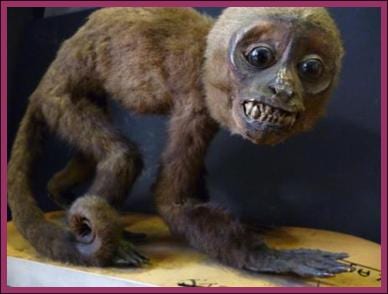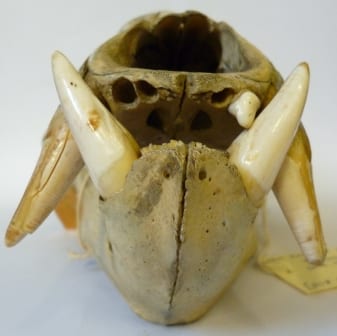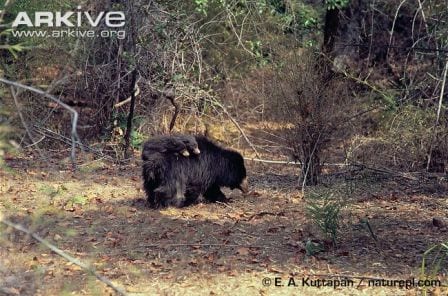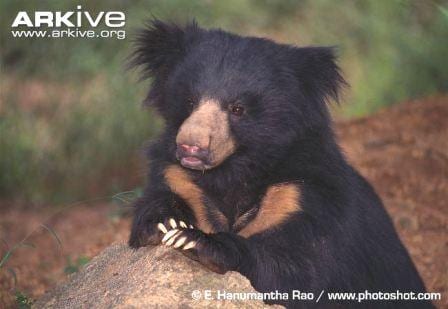Specimen of the Week: Week 111
By Emma-Louise Nicholls, on 25 November 2013
 Last week I was rewarded for my services to mankind* with a free trip to Edinburgh. You may or may not remember a huge hoo-haa about the zoo acquiring (on loan) a pair of giant pandas from China, at GREAT expense. The hoo-haa was primarily amongst the zoological community but raised many an eyebrow, and “tut”s were prevalent amongst colleagues and friends whenever the subject arose. Well, I decided it was time to find out what was what, and visit these controversial immigrants, worth more than their weight in gold, for myself. Well, the first thing I need to say is “AWWWWWWWWWWWWWWWWWWWWWWWWWWWWWWWWWWWWWWWWWWWW”. I am now completely in love with giant pandas. The second thing is, despite their £600,000 a year loan fee, visitor numbers have apparently risen to such an extent as a result that the pandas not only pay for themselves but have funded two other new animal enclosures in the two years they have been there. Eyebrows raise for different reasons now eh. We don’t have a giant panda (though I informed my Manager of the lucrative result of securing one), but we do have something similar. This week’s Specimen of the Week is…
Last week I was rewarded for my services to mankind* with a free trip to Edinburgh. You may or may not remember a huge hoo-haa about the zoo acquiring (on loan) a pair of giant pandas from China, at GREAT expense. The hoo-haa was primarily amongst the zoological community but raised many an eyebrow, and “tut”s were prevalent amongst colleagues and friends whenever the subject arose. Well, I decided it was time to find out what was what, and visit these controversial immigrants, worth more than their weight in gold, for myself. Well, the first thing I need to say is “AWWWWWWWWWWWWWWWWWWWWWWWWWWWWWWWWWWWWWWWWWWWW”. I am now completely in love with giant pandas. The second thing is, despite their £600,000 a year loan fee, visitor numbers have apparently risen to such an extent as a result that the pandas not only pay for themselves but have funded two other new animal enclosures in the two years they have been there. Eyebrows raise for different reasons now eh. We don’t have a giant panda (though I informed my Manager of the lucrative result of securing one), but we do have something similar. This week’s Specimen of the Week is…
**The sloth bear**
1) The sloth bear (not bare) has long, shaggy black fur with an attractive ‘U’ or ‘Y’ shape of pale fur neatly placed in the centre of the chest. It also has pale fur on its snout. The sloth bear can grow up to 1.8 meters in length, which is pretty impressive when they rear up on to their back legs which they do when threatened in order to best display their formidable foreclaws. Males are the larger of the two sexes, weighing up to 140 kilograms, and around 45 kilograms more than the females.
2) Sloth bears live alone and mark out a home range by stripping bark from trees. However if another individual should enter its range, the home owner does… well, little or nothing about it (perhaps this is where they get their name from). Seemingly against their inferred nature, if the stereotypical image of sloths is to be believed, sloth bears are cathemeral, meaning they are active both during the day and at night time.
3) Generally speaking, the mating season runs from June to July, though I guess some populations eat more chocolate and oysters than others as their mating season runs all year-round. (I know where I’d live.) They have a rather bonobo quality to life wherein several males will mate with a female, without the addition of aggression or fighting over mating rights. Around six months after this ‘free love’, the female will give birth to two cubs (or, more unusually, a single cub) within a ‘den’, which basically entails making efficient use of a hollow tree. Once the baby bears (are you thinking about porridge?) are around three months old, they will leave the den for the first time, riding around on the mother’s back. The female won’t breed again until her cubs have ‘flown the nest’, at around the age of two and a half years.
4) Sloth bears are found in a number of countries within Asia. They inhabit a wide variety of environments from grasslands to evergreen forests and live in Bangladesh, Bhutan, India, Nepal and Sri Lanka. Incidentally, (and not solely because I like talking about Disney) the Hindi word for bear is bhalu (sound familiar?)

Note the lack of tooth sockets in the centre of the upper jaw, where the incisors are absent to allow for good suction
5) As you can see for yourself, it is clearly not the same species as Winnie the Pooh. Nevertheless, honey and inevitable bee stings are both part of the sloth bears life. Primarily however, the sloth bear is an insectivore and has special adaptations to be proficient at acquiring this particular delicacy. Having torn its way through a termite mound with what can only be described as mega-claws, long flexible lips suck in the insects and a gap in the dentition created by the loss of upper incisors (through evolution, not excessive honey-munching combined with a lack of tooth-brushing) forms a reverse wind-tunnel when the sloth bear closes its nostrils. Clever. Although ants and termites make up the majority of the diet, the sloth bear will supplement this rather cardboard-tasting-menu (so I’ve been reliably informed) with eggs, carrion, and vegetation. The unusual dentition makes the sloth bear (in my opinion) the easiest bear to differentiate when looking at the skulls (something we like to do in Museums).
*Fine, a conference had some tickets left over. But I prefer my version.
Emma-Louise Nicholls is the Curatorial Assistant at the Grant Museum of Zoology
 Close
Close




